by | Jul 27, 2016 | 01 What's New, Kids |
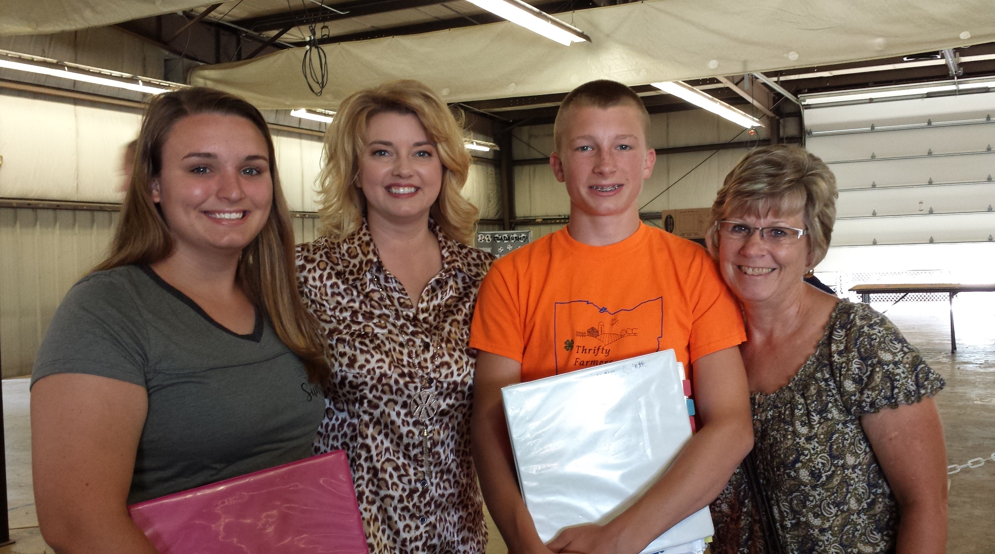
From left to right: Emily Guinther, Amie Tennant, Braden Guinther, and Tove Russell
Wouldn’t you love to get your children or grandchildren more involved in family history work? Learn how to help them participate in the genealogy 4-H project program or earn their Boy Scout genealogy merit badge. You too can help in the work by becoming a genealogy merit badge counselor.
There are dozens of ways to encourage our youth to participate in genealogy. Some even include scholarships, ribbons, trophies, and badges. It’s always nice to be recognized for your hard work! Today, I’m sharing about genealogy 4-H projects and the Boy Scout genealogy merit badge.
The Genealogy 4-H Project Program
4-H is a organization or club made up of a group of five or more youngsters guided by one or more adult volunteer leader. In the U.S., each club helps their youth to complete a 4-H project for the annual county fair. Genealogy is one of hundreds of possible projects. Genealogy projects are broken down into three divisions or years. Each yearly division project builds on the one before so that at the end of three years, the youth will have compiled a very thorough genealogy.
This year, I followed along as Tove Russell of Shelby County, Ohio worked with her four grandchildren to accomplish their genealogy 4-H projects. Two of the teens were able to take their work to the county fair. Emily and Braden Guinther have just completed their second year. To complete the second year genealogy requirements, they did the following:
- Began a personal journal,
- Completed a family group sheet for each aunt and uncle, including an interview if able,
- Visited a courthouse, library, or cemetery for the purpose of researching genealogy,
- Learned to use a microfilm and/or micofiche reader,
- Attended a genealogy workshop or genealogical society meeting,
- Added new information to their pedigree chart,
- Wrote a personal history essay, and
- Copied and shared their family history findings with another family member.
Braden’s favorite part of his genealogy journey was writing the perso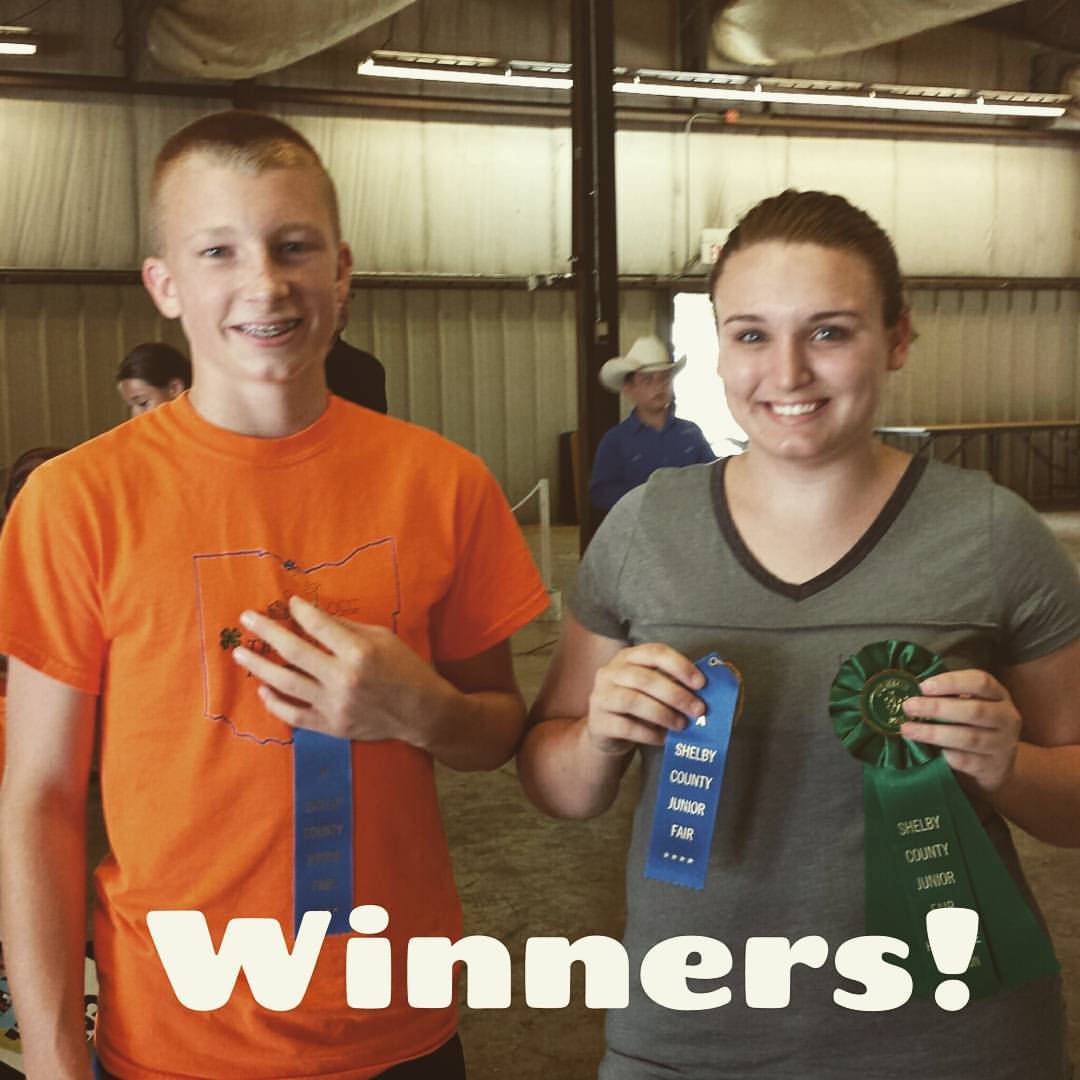 nal essay and learning to use the microfilm reader. Emily’s favorite part was learning her great-grandmother married her brother-in-law when her first husband passed away. Each of the kids had several fun stories to share! I particularly liked learning about their great-grandfather (who I remember as a child) working as a grave digger!
nal essay and learning to use the microfilm reader. Emily’s favorite part was learning her great-grandmother married her brother-in-law when her first husband passed away. Each of the kids had several fun stories to share! I particularly liked learning about their great-grandfather (who I remember as a child) working as a grave digger!
Both Emily and Braden won a ribbon for their genealogy 4-H projects. In addition, Emily won Honorable Mention.
The Genealogy Merit Badge
The Boy Scouts of America also has a genealogy and family history initiative. The organization has been particularly helpful in completing many cemetery projects for BillionGraves. Among their many merit badges, the genealogy merit badge is still rather unique. Requirements for this merit badge are extensive, but some of the requirements include:
- Defining the words genealogy, ancestor, and descendant,
- Keeping a journal for 6 weeks,
- Interviewing a relative,
- Naming three types of genealogical resources and how they can help a genealogist,
- Visiting a genealogical library, society, or archive,
- Completing at least a three generation pedigree chart, and
- Completing a family group sheet.
I was very excited to learn that I could become involved as a local genealogy merit badge counselor. If you would like to do so, you will need to meet the following requirements:
- Be at least 18 years old,
- Be proficient in the merit badge subject by vocation, avocation, or special training,
- Be able to work with Scout-age boys,
- Be registered with the Boy Scouts of America,
- Complete the Youth Protection training, and
- Complete and submit the BSA Merit Badge Counselor Information Form.
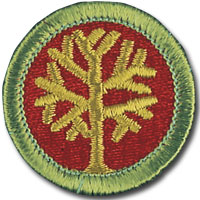
Genealogy Merit Badge
You can turn in your form to any local Boy Scout troop or Scout Master. After your information form and application have been evaluated, you will be notified that you are now a genealogy merit badge counselor. You can work with one specific Boy Scout troop or many.
Historical and genealogical societies may also enjoy hosting an event for their local Boy Scout troop to learn all about genealogy in their area. What a great way to get involved in the community and support the youth!
Did you participate in a genealogy 4-H program or earn a genealogy merit badge as a youth? If so, we would be delighted to hear about it in the comments below. If you have some pictures to share of your genealogy 4-H project or the project of your children or grandchildren, head on over to our Facebook page and share a photo. We love hearing from you, Gems!
More Gems on Genealogy for Youth
Family History for Kids: 3 Ways to Interest Young People in Genealogy
Family History for Kids Starts WITH the Kids
How to Create a Coloring Book for Family History
by | Jul 25, 2016 | 01 What's New, Cemeteries, Volunteer |
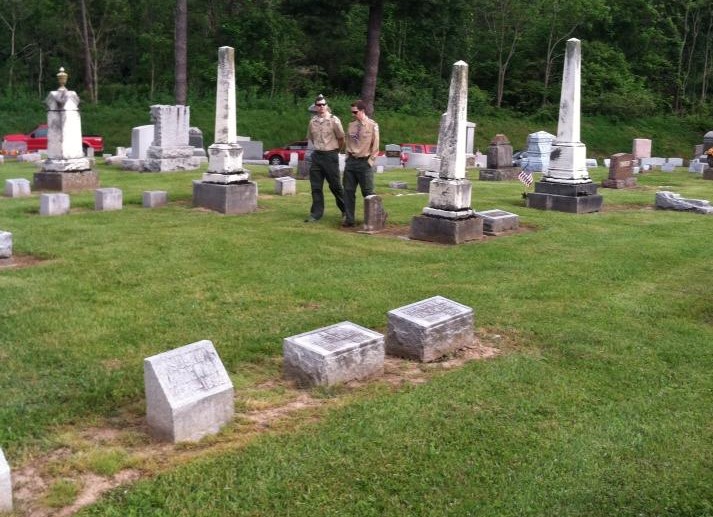
On July 30, 2016, in honor of the veterans of the Armed Forces, BillionGraves and the Boy Scouts of America will host a nationwide service project, Finding the Fallen. Here’s what you need to know to get involved.
Finding the Fallen is the perfect project for youth of all ages, especially your High School Seniors who need to complete service hours for graduation. By joining the project, you and your youth will serve these heroes by photographing and logging the GPS locations of the headstones in our local and national cemeteries and then uploading them to BillionGraves.com.
BillionGraves works with a community approach and they need everyone’s help to make this a successful event! Why not make it a day of friends, family, and service? To organize yourself and your friends, you will need to create a free account at BillionGraves.com and then visit https://billiongraves.com/finding-the-fallen. You can choose to participate as a Boy Scout group, a group of friends, or as an individual.
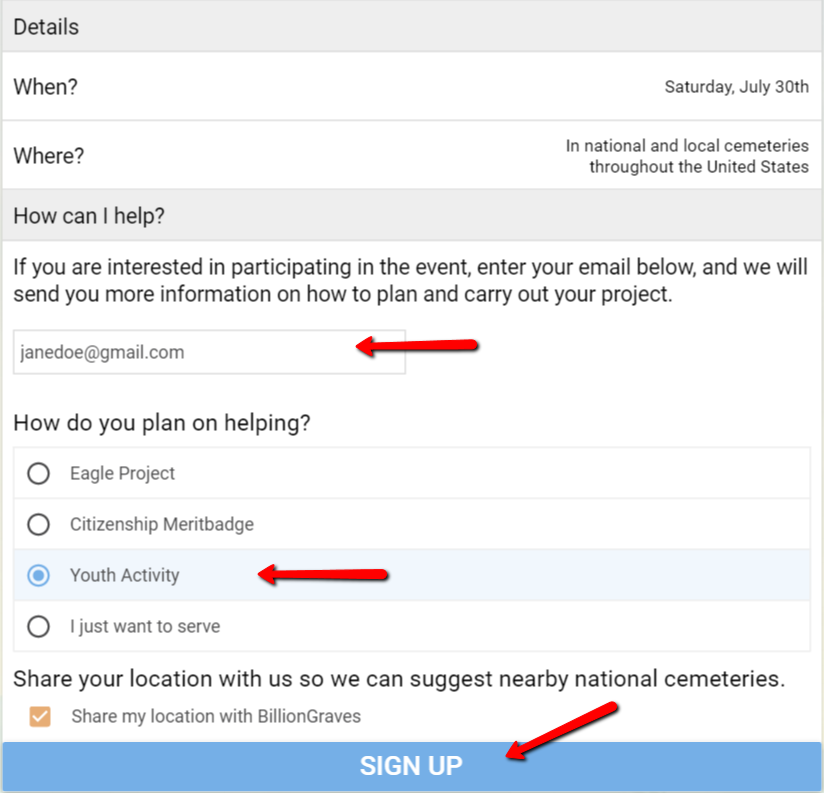
Once you have clicked SIGN UP, you will be sent an email with directions for the next steps. In the meantime, you will want to download the free BillionGraves.com app to your smartphone or mobile device. If you need a little help doing that, click here to follow step-by-step instructions.
THE DAY OF THE EVENT
The BillionGraves app helps volunteers to locate cemeteries in their area. When viewing the BillionGraves app home page, select the Cemeteries icon and then the Show Nearest option. This will provide a list of local and national cemeteries in the area. Though the national cemeteries are particularly encouraged for this event, there are always members of the military buried in our local cemeteries, too. If you do not have a national cemetery nearby, you are welcome to visit your local cemetery. Remember, many military graves are marked with bronze plaques next to the headstone, or some buy bulk medication online diazepam 10mg local cemeteries have a special plot for military burials.
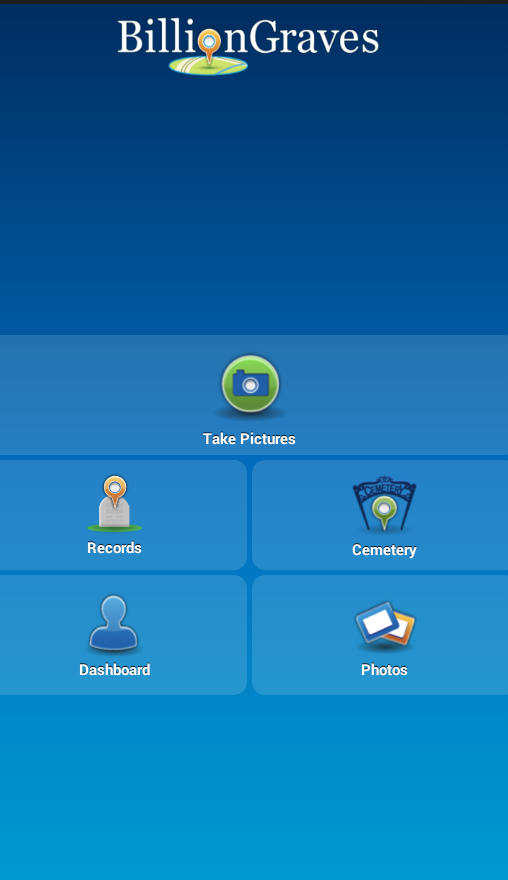
When you visit the cemetery on July 30th, first click the Cemetery icon on the BillionGraves app. You can search for the cemetery by name or just click Show Nearest. When you choose Show Nearest, a list of nearby cemeteries will appear and you can choose the one you are in. You will notice a number indicating how many images have been taken of that particular cemetery. Select the small map icon on the bottom right corner of the screen and it will show you (in real time!) which headstones have already been photographed in that cemetery.
Now, return to the app homepage and click the camera icon and go! Point the camera at each individual headstone and avoid wide shots that include other graves. Just move from marker to marker and click as many as you want. You might want to go a step further and bring a rag or broom with you to clean off any overgrowth on the headstone or marker.
Remember, if images have already been taken in the cemetery, orange markers will reveal the location of those particular graves. Once you have completed taking pictures in the cemetery of your choice, return to the app homepage. Now, click on the Photos icon and upload your images by following the prompts. The BillionGraves app will immediately indicate the location of those grave photos. This will help others coming behind you to not duplicate the work.
With your time and the use of a cell phone, you can help preserve the memory of a soldier and have some very meaningful service hours for high school graduation requirements.
Be sure to shoot a couple selfies and group photos to commemorate your fun day! We would love to see them, so stop by our Genealogy Gems Facebook Page and upload them there.

by Lisa Cooke | Jul 23, 2016 | 01 What's New, Findmypast, Records & databases |
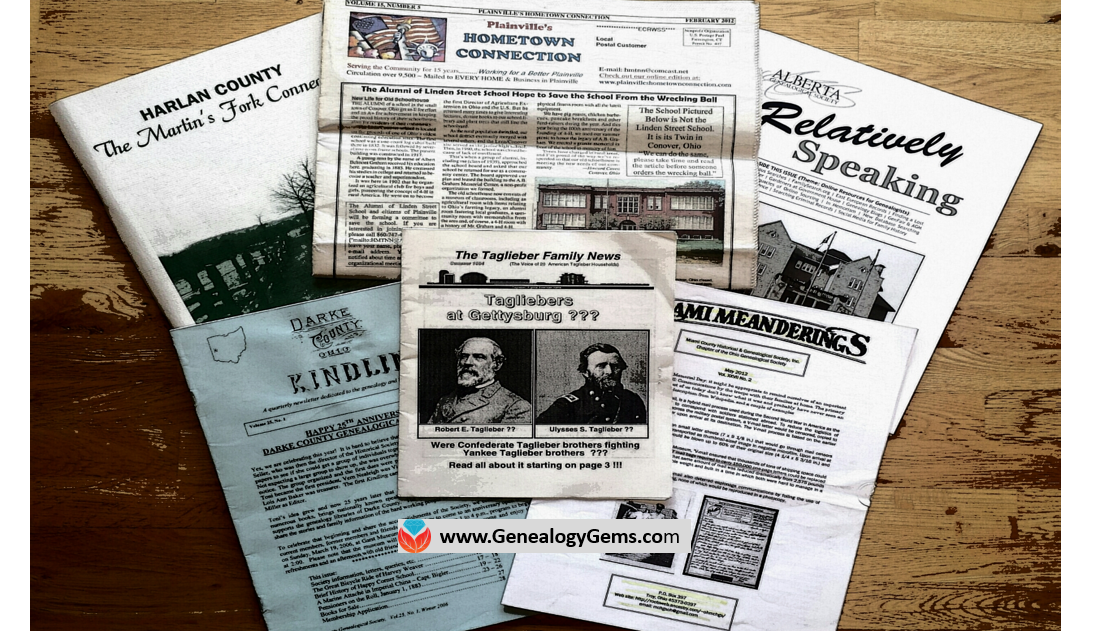
Have you met PERSI? You should! PERSI is the Periodical Source Index. Use PERSI for genealogy and you may discover your ancestors in thousands of articles you never knew existed.
You may have heard me talk in the past about PERSI. In case you haven’t…PERSI is not a person—it’s the acronym for the Periodical Source Index. PERSI is THE master index for periodicals with over 2.7 million entries. Thousands of magazines, newsletters, journals, and other periodicals from the U.S., Canada, Britain, Ireland, and Australia are indexed here.
PERSI is maintained by the Allen County Public Library’s Genealogy Center in Fort Wayne, Indiana. They have the equivalent of 6 full-time staff who are dedicated to subject-indexing every issue of every known genealogy or historical periodical and even the tiniest society newsletter.
Curt Witcher, who runs the Genealogy Center at Allen County and who has been a guest on the podcast in the past, estimates that if you don’t consult periodicals in your research, you could be missing up to 30% of your research leads! That’s a lot of leads! PERSI has long been a staple resource for advanced and professional genealogists to help them break through brick walls. With its help, you can much more quickly locate articles like biographical sketches of ancestors (or people they knew), transcribed indexes to naturalization or probate records, church records, school records, and the like. There might be just-what-you-need histories of places or the organizations your ancestors belonged to.
These key articles are often buried so deep in back issues of little local genealogy newsletters that you may never come across them on your own. Sometimes, they’re what we call “orphaned” content: articles we’d find in totally unexpected places.
HOW TO SEARCH PERSI ONLINE
PERSI used to be searchable on Ancestry, but it isn’t there anymore. The current version of PERSI is exclusively on Findmypast and they’re doing something really cool with it: they are gradually adding digitized articles to the index! They are doing this by signing contracts with each individual society or journal publisher, so it’s not a fast process. The vast majority of entries on PERSI do not have digitized articles linked to them yet. It’s a bonus when you do find them.
To search PERSI at Findmypast you do not actually need a subscription. They allow anyone to search and see the list of results. To see details about specific search results (including any digitized images), you will need a subscription OR you will need to purchase their pay-per-view credits. Findmypast does offer a 14-day free trial. You can also use Findmypast at Family History Centers and at many libraries that have institutional subscriptions.
Once you have located an article, it’s inexpensive to order a copy directly from the Allen County Public Library Genealogy Center. Simply download the order form PDF from their website, fill it out, and mail it in. Last we checked, you can request up to six articles for only $7.50, which you pre-pay and then they bill you separately for copies at 20 cents per page.
Sometime soon, why not take 15 minutes—or your next lunch break at work–and search PERSI for your top surnames and locations? Again, the database is PERSI, it is at Findmypast, and the chance to discover is all yours.
MORE GEMS ON PERSI
PERSI Digitized Collections Gaining Ground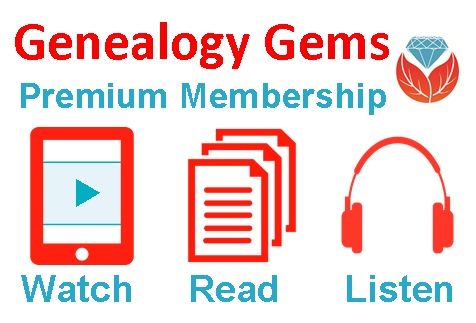
New FindMyPast Hints Help Find Records
The Genealogy Gems Podcast Premium Episode 135: Comparsion of Google Scholar & PERSI (Premium Member Subscription Needed)
by | Jul 22, 2016 | 01 What's New, Records & databases |

New record collections for the United Kingdom offer a royal treat for your week! You will find new collections for monumental inscriptions, British newspapers, and baptisms. And for the cherry on top, see the new and updated collections for the U.S. Military and the great state of Texas!
UNITED KINGDOM – WORCESTERSHIRE & OTHER COUNTY TOWNS
A new record collection at Findmypast entitled Worcestershire Monumental Inscriptions is now available. A monumental inscription is an etching carved into stone, wood, or on a plaque as a memorial to a person buried there. Monumental inscriptions are an important source for genealogical data. Many will include more than one name and help trace further family connections. Name, year of death, and a location are some of the things often carved into these monumental inscriptions. What is even better is if you find an ancestor in these Worcestershire Monumental Inscriptions, you can pop over and look for a baptismal record in the Worcestershire Baptisms collection.
Another new monumental inscription collection at Findmypast is entitled Aberdeenshire, Banffshire, & Kincardineshire Monumental Inscriptions. These records are going to include more data than the Worcestershire inscriptions. Name, date of death, denomination, graveyard name, special inscriptions, and even some notes may be included in these transcribed records. Many of these records will also hold multiple names.
UNITED KINGDOM – NEWSPAPERS
Findmypast has updated their British Newspapers 1710-1953 collection this week, too. There are literally thousands of local and regional publications across England, Wales, and Scotland. Each page has been digitized and indexed, which makes it super simple to find what you are looking for!
UNITED STATES – MILITARY
Fold3 now has WWI Draft Registration Cards as a searchable online database. In 1917 and 1918, about 24 million men living in the U.S. filled out a World War I draft registration card. These draft cards will contain a name, date of birth (if known), birthplace, citizenship status, and information on a relative or close associate. Even though this record collection is only about 14% complete, you may find the person you have been wondering about. Don’t forget to check back often as more records are made available.
UNITED STATES – TEXAS
FamilySearch helps the Lonestar State researchers with the Texas, Tax Rolls, 1837-1910 records. This collection has indexed records for only 231 out of the 254 counties in Texas, but you can still find records that have not been indexed by using the browse only feature. [Tip: Read step-by-step instructions for how to access the browse only databases here.]
Texas tax roll records include the first year for each county included prior to 1845, as well as 1855, 1865, 1875, 1885, 1890, 1895, and 1905. There are some gaps in several years of some counties. Ellis County, 1886, images 114, 116, 118, 120, 122, 124, 126, 128, 130, 132, and 134 are cut off on the left side, so some of the beginning letters of the surnames are missing.
Information in Texas tax records include:
- Name of owner
- Assessment number
- Original grantee
- Number of acres of land
- Value
- Town plot description
- Name of city or town
- Kind, number, and value of livestock
- Kind, quantity, and value of farm commodities
- Amount of state taxes
- Amount of county taxes
MORE GEMS ON NEWSPAPER RESEARCH FOR GENEALOGY
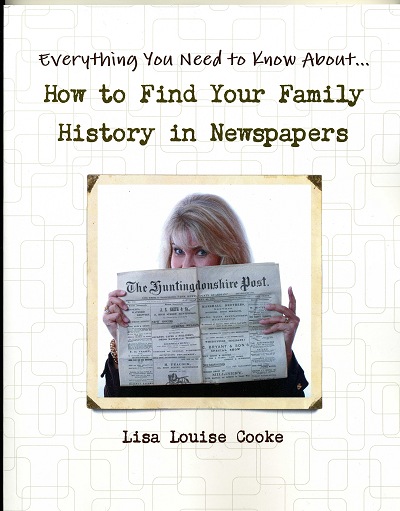
Are you looking for some tips and tricks to find and research newspaper articles for your family history? Lisa shares all her valuable know-how and years of experience in her book How to Find Your Family History in Newspapers. Available in both a printed copy and digital version, this book provides you with a fool-proof research process and is stuffed with everything you need for genealogical success in newspaper research!
by Lisa Cooke | Jul 20, 2016 | 01 What's New, Immigration |
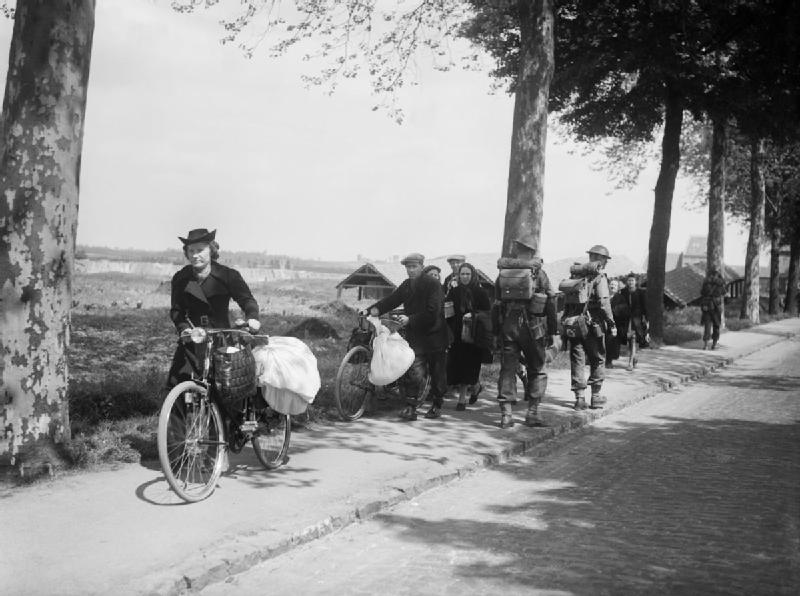
Traveling ancestors created records when they left the country of their origin and when they arrived at their new residence. We often talk about immigration, with an I, but have you researched your ancestors emigration records with an E?
When our ancestors traveled from one place to another, they became two types of migrants. First, they were Emigrants with an E, and then, they were Immigrants with an I. Emigration with an E means someone exiting a country and immigration with an I means someone coming into it. Let’s learn more about emigration…with an E.
I live in a country that doesn’t have much in the way of historical emigration records, but other countries do. I have to remember these emigration records when I start looking overseas for my relatives who were crossing the pond to live here.
EXAMPLES OF EMIGRATION RECORDS
Swedish parishes kept emigration records which are now on Ancestry dating back to 1783. According to the database description, this record set is pretty complete, representing about 75% of those who actually left the country. These rich records can provide place of origin, destination, and the date and place of departure.

For a time, the U.K. also kept outward passenger lists of those leaving the U.K. ports for destinations outside of Europe. The lists include British citizens and those traveling through the U.K. These passenger lists no longer survive for the years before 1890, but they are on Ancestry for the years of 1890-1960. Of course, while writing this post I just had to take a moment to do a bit of searching myself, and that lead to this genealogy gem: my husband’s grandfather, and his parents embarking at Liverpool in 1912!
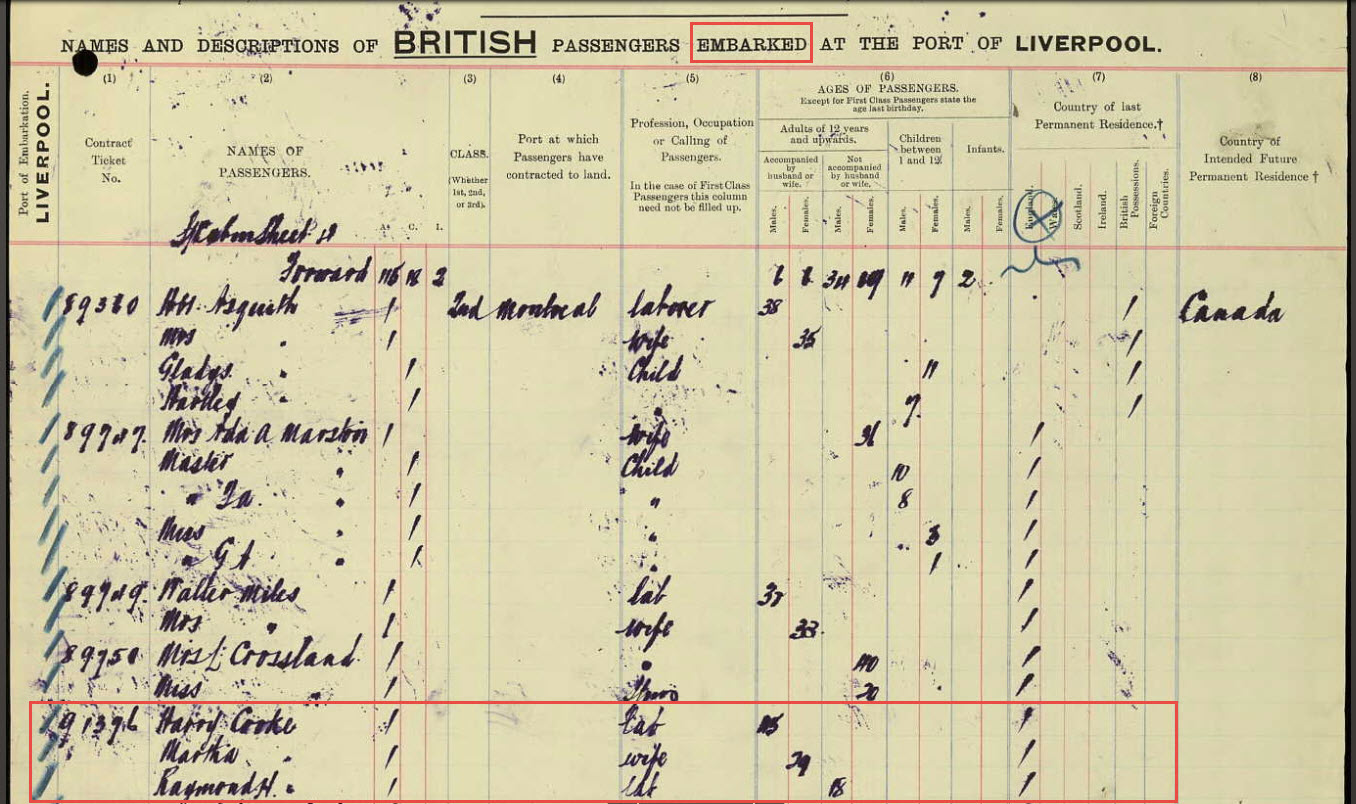
I also spotted this interesting item in the database description. Quoted from the U.K. National Archives website:
“Between 1890 and 1920, among the highest tonnage of ships were leaving British ports bound for North America. Many passengers were emigrants from Britain, Ireland, and Europe. European emigrants bound for America entered the United Kingdom because traveling steerage was less expensive from a British port than from a port in Europe. The shipping companies imposed restrictions on passengers registering; passengers had to have British residency of six weeks to qualify. Many passengers too impatient to qualify for residency changed their names to avoid detection.”
A name change would certainly present a challenge, but it’s very good to know to be on a look out for that situation. This is another example of why it is so important to read the description of the databases you search.
MORE EMIGRATION RECORD COLLECTIONS
A quick search of Ancestry’s card catalog shows emigration collections for Prussia, Switzerland, a few parts of Germany, Jewish refugees from several nations in Europe, and an interesting collection of Dutch emigrants who came to North America with the help of the Canadian and Dutch governments.
Another excellent resource is the FamilySearch Wiki. You can search for the name of the country and the word emigration (with an e) to find out more about your targeted area. I typed in Hungary emigration and found the following information.
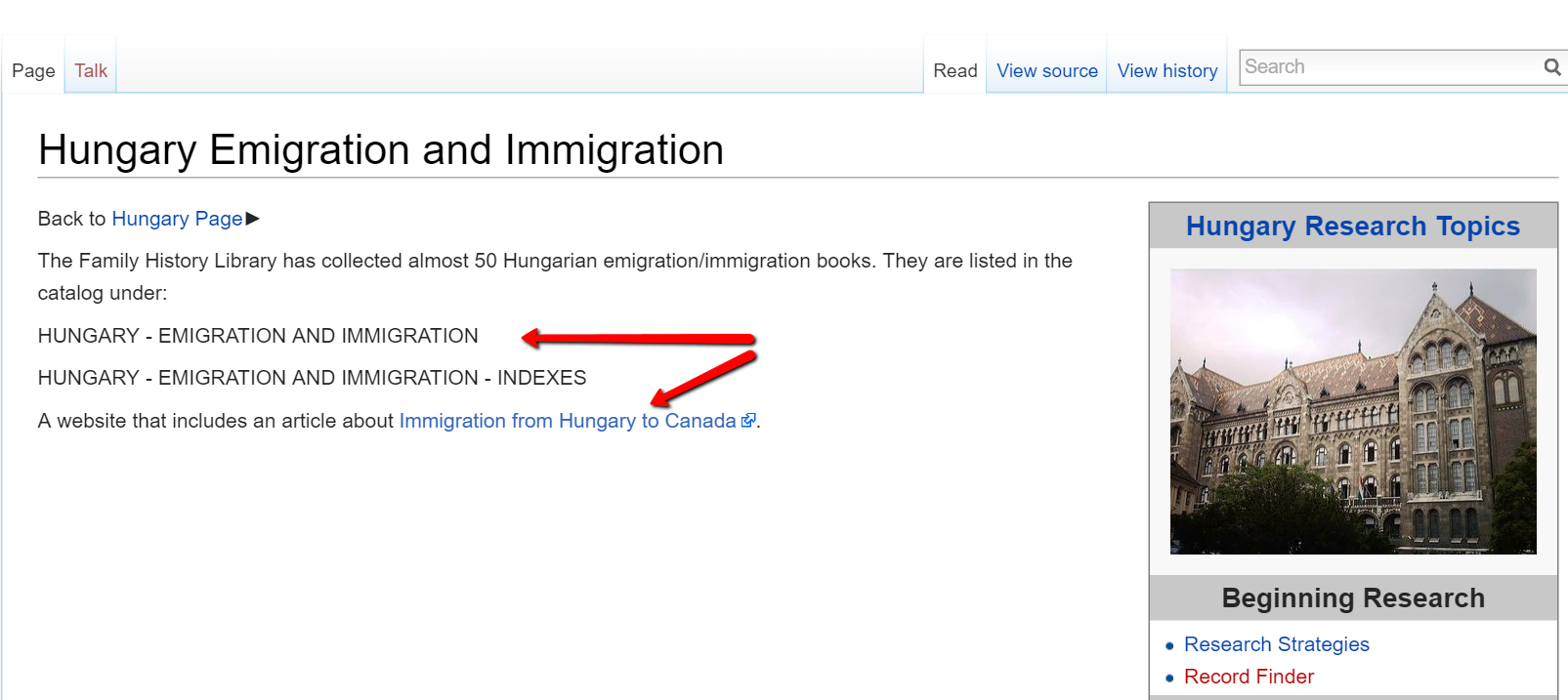
Did your emigrant (or immigrant) ancestor generate records in the country he or she left from as well as the country he or she entered? Remember to check!
MORE GEMS ON IMMIGRATION

 nal essay and learning to use the microfilm reader. Emily’s favorite part was learning her great-grandmother married her brother-in-law when her first husband passed away. Each of the kids had several fun stories to share! I particularly liked learning about their great-grandfather (who I remember as a child) working as a grave digger!
nal essay and learning to use the microfilm reader. Emily’s favorite part was learning her great-grandmother married her brother-in-law when her first husband passed away. Each of the kids had several fun stories to share! I particularly liked learning about their great-grandfather (who I remember as a child) working as a grave digger!

















